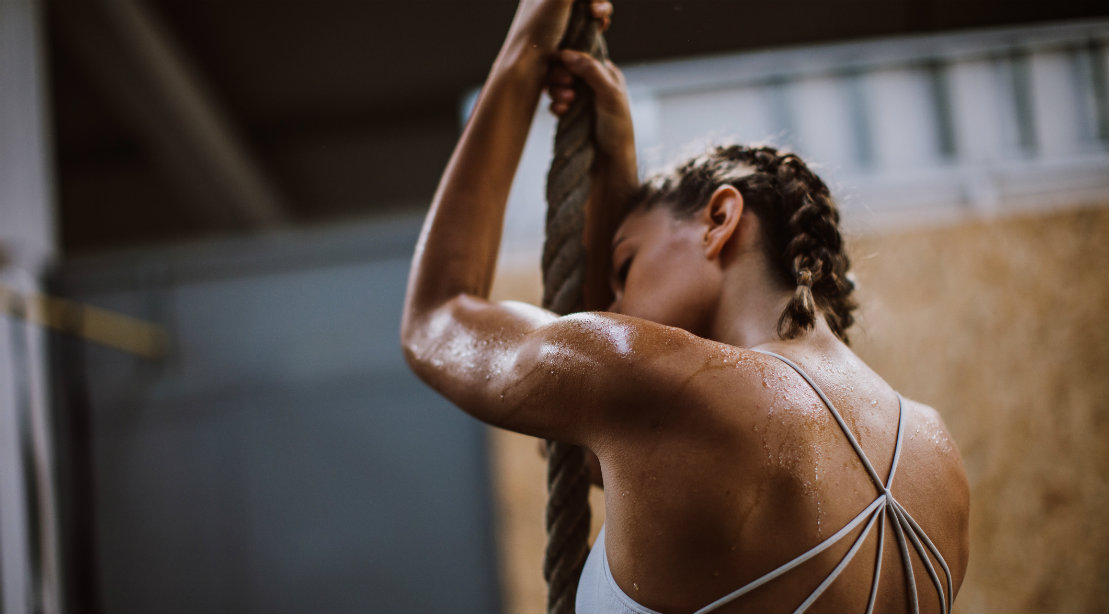28-Days-to-Lean Meal Plan
With the right plan and the right discipline, you can get seriously shredded in just 28 days.
Read article
The sole purpose of sweat is to cool the body down. As your core temperature rises above 98.6 degrees, your brain signals to the sweat glands to increase production; and when sweat appears on your skin, it’s evaporated into the air, taking body heat with it. Your sweat rate is determined by two primary factors: the environment (how hot it is) and your individual response to heat. “Someone who is acclimated to heat and working out in a hotter environment is generally not going to sweat as much as someone new to it,” says Walt Thompson, Ph.D., president of the American College of Sports Medicine and an associate dean at Georgia State University in Atlanta.
Your fitness level plays an important part in how much you sweat. “An unfit person will start to sweat more when put in a hot environment in an attempt to thermoregulate her core temperature,” says Thompson. Meanwhile, gym junkies may seem relatively dry, since they are more efficient at keeping that core temperature down. But throw some exercise into the mix, and the roles get reversed. “Recent studies have shown that fit people sweat more during exercise because they are more efficient at cooling down their core temperature,” Thompson says.
Not sure if you’re replacing the right amount of sweat you’ve lost during exercise? Peek into the toilet.
Urine Hydration Status
Almost clear or light or
straw color, plentiful Good
Darker yellow, not that much Bad (start drinking fluids)
Very dark (iced tea color) Dangerous (seek medical attention)
2-5 Million: Number of sweat glands in the human body, including two main types. Eccrine glands are located throughout your body; apocrine glands are mainly found around the armpits and groin.
98.6 Degrees: Your body’s optimal core temperature. Go above that and you’ll start to perspire.